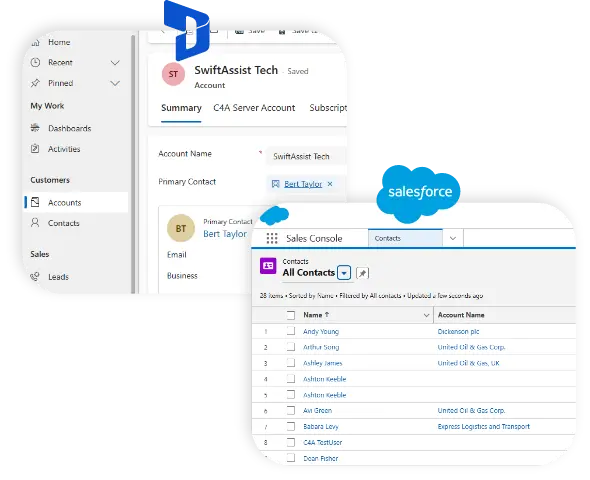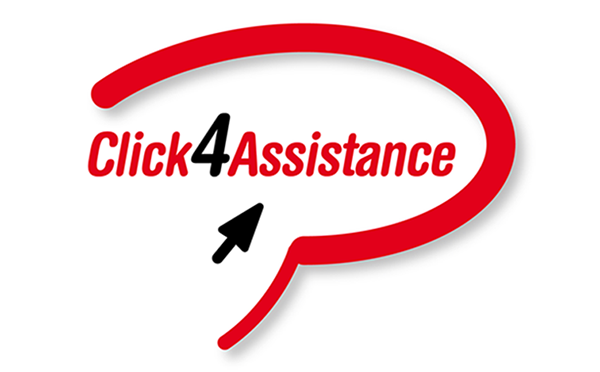Psychological Triggers to Boost Revenue with Online Chat Software

No, we’re not telling you that hypnotising visitors into purchasing your products is okay. This blog is about improving service to potential customers by giving them what they want and tapping into the innermost basic human nature to achieve that.
With our disclaimer out of the way, let’s do a crash course on the theory behind these psychological triggers and throw some actionable online chat software examples your way.
Like any other business venture, the key to success lies in understanding the psychology of your customers. The advantage of marketing to a single species is that human beings are all mentally geared the same way (at least on a very basic level).
Contrary to evidence, it’s our brains that decide what we actually buy. From a sales point of view, if you understand how peoples’ minds function, you have greater power to influence them. To cut a long story short, human behaviour can be defined by the following:
1.) To avoid pain
2.) To gain pleasure.
We are not complicated creatures. Nevertheless, just like customers, these rules are more difficult than they should be. For example, think of the thousands of people that apply for the London Marathon every year. It’s a gruelling experience, but people do it because of the sense of accomplishment that comes from completing a 26 mile run. What can you take from this as a marketing or sales person?
“The rules that drive humans are simple but the manifestation of these rules is complicated.”
To summarise, when using online chat software and behavioural rules to boost revenue, you need to first understand what your customers associate with pain and pleasure. Hopefully your customers’ desires are a little less masochistic than those of a marathon runner. Once you know what your customers want, you can start looking at how to implement psychological triggers.
In an ideal world you would meet every customer face-to-face. This would let you use the body language of your customer to gauge their interest. The eyes, face and hands can give a lot away about whether or not you’ve got a sale. However, this is not an ideal world. Companies with lots of customers or a low average order value need a more viable business strategy.
While it’s a greater challenge to read customers when sitting at a computer behind live chat software, there are also some distinct advantages. That’s what this blog is all about; using behavioural rules to identify interested customers and psychological triggers to secure a sale without endless face-to-face meetings.
The end goal is to get customers as close to paying as possible before asking for actual payment. This gives your product more time to mature in the eye of your customer. If you have good website copy, and the implementation and design of your online chat software is strong, the customer will have a deeply engrained and positive association with your product before they are asked for payment. That’s the theory covered; now it’s time to look at actionable triggers.
The Big Why
Explaining why is important, getting your customers to find their own ‘why’ even more so. There’s a famous Xerox experiment that demonstrates how people are willing to comply if you give them a reason for doing something – even if the reason you give is completely arbitrary. Words like ‘why’ and ‘because’ have a strange hold over us.
But here is the clever part, because humans are naturally curious and will seek out explanations, you don’t need to give the answer to ‘why’. Delicately posing the question can be enough to have customers fabricate their own justification for purchasing your product. Look at the following A/B test, which chat invite is more tempting?
Even with reverse psychology pushing you towards the invite without ‘why’, you should have felt a small tug towards the right chat invite. Put this image on a page about insurance, software or another service and the customer will fall back on one of their instincts to answer the why factor, e.g. to avoid the pain of an expensive accident or to have the pleasure of instant access to films. To get their creative juices going, give the customer a couple of example reasons.
This small but powerful psychological lure has a dramatic impact on chat uptake and, subsequently, revenue.
Appeal to Laziness
If there are several ways of achieving the same goal, customers will gravitate to the least demanding course of action. Think of it as an ROI where the investment is effort. This is why some of the most popular blogs and instructive books start with “Top 10 Reasons…” or “5 Ways to…”. This applies to online chat software on so many levels.
Imagine a scenario where a customer is comparing the same product across two websites. On website A the product information is limited whereas on website B the information is detailed but the product costs slightly more. Rather than write an e-mail to find out whether website A is offering the same product, the customer will go with B – the route of least effort.
This is bad if you’re the owner of website A, but it can be cancelled out with online chat software. Rather than go through the pain of clicking through different links or writing an e-mail and waiting for a reply, customers simply click the chat button and ask their question for instant gratification.
Common Enemy Syndrome
The classic common enemy psychology is as effective as it is ancient. As mentioned in The Big Why, humans are always trying to make sense of the world. This is particularly true when things go wrong and corroborating with others to point the finger of blame is one way to avoid the pain of being held responsible.
Applying this principle with web chat software is fairly straightforward, especially if you work in an industry where customers feel wronged. Tell the customer that you are on their side and you can establish a relationship before exchanging a single word. Below are just two examples of how to do this, the example on the left is softer than the invite on the right.
To get an idea of just how powerful this can be, look at Apple’s famous 1984 Macintosh commercial. It was controversial and a risk, but it paid great dividends. The Apple of today has a fiercely loyal fan base.
Anticipation is King
Sometimes a company’s marketing and success record is so strong that customers will line up for their newest product without a clear idea of what it is (enter Apple again). On a more personal scale, people are always looking forward to the weekend, a new movie or even something as simple as dinner. Ironically, the anticipation regularly overshadows the event.
Anticipation sits firmly in the ‘how to gain pleasure’ camp of human nature, but dreading or being apprehensive about an event also forms of anticipation; both can be used to your website’s advantage. The images below are basic examples of how to capitalise on your visitor’s anticipatory nature.
The invite on the left is aimed at positive anticipation and would appeal to individuals or SMBs in wealth management who are close to that final breakthrough. This would be ideal to a financial services or SaaS provider. The invite on the right is aimed at negative anticipation, but offers to mitigate the event. Both are useful in their own right.
Family Feel
If you belong, it means you don’t not belong. That’s a double negative but the point is valid. Humans are terrified of being the outsider – it means you’re more likely to become a victim of Common Enemy Syndrome.
Live chat software gives the website a much more ‘organic’ feel and helps the website become part of the company rather than a faceless extension. Organisations that can predict their audience and benefit from building trust (e.g. charities, government bodies, etc.) can make great use of the proper chat invite design.
Body Language
Whether or not a person is interested in what you have to say can be read like a book. Open body language (e.g. no crossed arms), head nods, decreased blink rate, furrowed brows, mimicking emotions are clear signals that you are on to a winner. On the other hand, leg or arm barriers, wrist rubbing and looking elsewhere means you are losing them. These little clues help you to quickly qualify whether customers are genuine or not.
That’s all well and good, but aren’t we talking about live chat software? Yes we are, but we can still qualify customers based on their website browsing behaviour. Real-time analytics are integrated in web chat software and will show how long website visitors are spending on each page. As a rule of thumb, serious customers will linger on price comparison or product pages.
In a face-to-face sales scenario the professional salesman will be honed in timing, choosing just the right moment to ask, “do you think this could be of interest to you?” Chat operators need to evolve the same instinct and push a proactive chat invitation when the visitor’s interest in a product has piqued. For example, if a customer has been on the checkout page for over 5-10 minutes, it is definitely worth asking whether they need assistance.
Similarly, visitors who keep switching between two product pages are probably struggling to choose. Intervening with a chat can make sure the visitor makes the right purchase and doesn’t abandon the site altogether because of their uncertainty. Over time, operators will learn to spot the navigation pattern of confused or indecisive website visitors.
This example for live chat software is less about a specific psychological trigger and more about identify visitors who require assistance and introducing them to situations where they can see the avoid pain / gain pleasure within the product.
Drawing the Line
The above examples are a basic but good demonstration of how targeted and powerful psychological triggers can ensnare your website visitor. As with any other business strategy, it’s all about ingenuity. The visual design of each invitation can add a great deal to persuading your visitors. Market research is also vital for aligning yourself with the customers’ needs.
Remember, this is not love or war. The above psychological triggers are all fair; avoiding race, religion and politics to achieve their goal. It can be tempting to dip into controversial subjects to drive better results, but the damage to a businesses’ image far outweighs the benefits.
The common denominator among these triggers is the use of subtle manipulation over the straightforward imparting of information. To lead your visitor into a chat, start with the end goal in mind and decide what conclusions you want your customers to draw from their website experience.
The above is only a tiny fraction of what is possible with psychological triggers. Choose the technique that best fits your business model and perform A/B testing to optimise results.





















